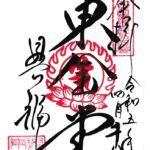Osaka is often overlooked, but we absolutely love it! 🤩 What sets Osaka apart is its unique atmosphere and contrast to Japan’s other big cities. But the real highlight is its incredibly diverse cuisine, making it Japan’s top foodie destination.

How many days do I need to visit Osaka?
Many people suggest only 1 or 2 days for a first taste of the city, and that’s fine. However, we believe the ideal time to fully explore Osaka is between 3 and 5 days. It really depends on your interests and the time you have available. For some, a couple of days may be enough to see the main sights, while others may want to spend more time soaking in the city’s vibe. Either way, Osaka is a city not to be missed!
That’s why we’ve put together a week-long itinerary for Osaka, including a variety of activities and places to visit. From the famous shopping and dining districts to some less touristy spots, there’s plenty to see and do in Osaka. Whether you have just a few days or a whole week, you can tailor this itinerary to suit your preferences and make the most of your time in this fascinating Japanese city!
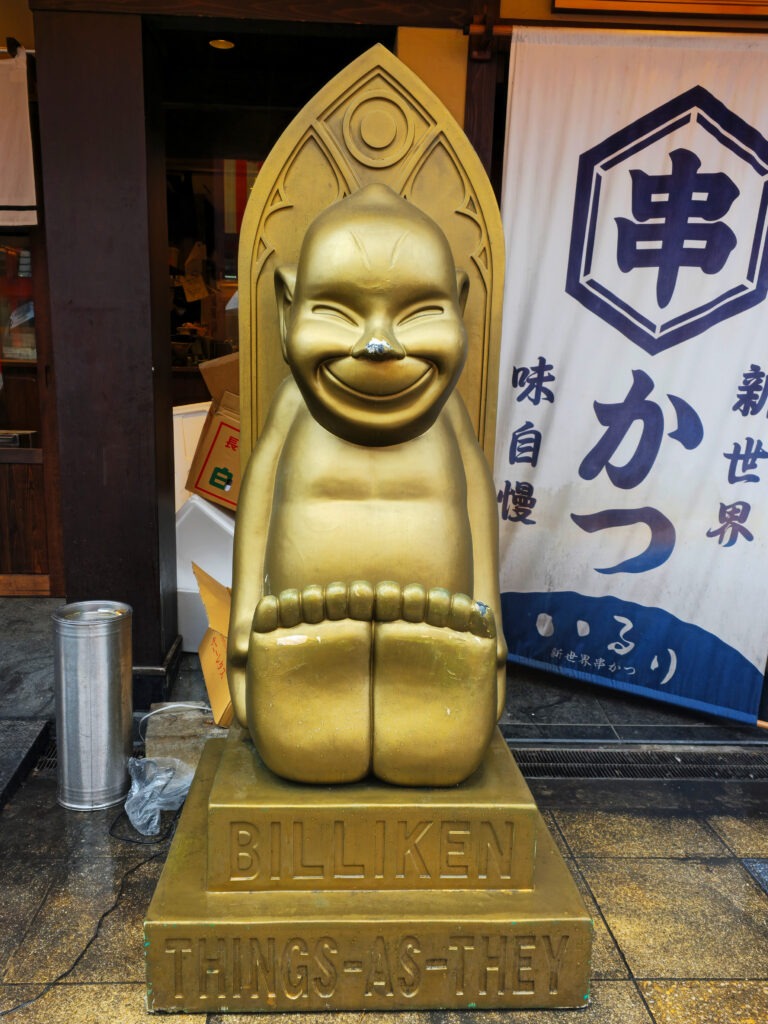
What to see and do in Osaka in 7 days
Day 1. Chuo district
- Kuromon Ichiba Market. With 170 shops specialising in fish, meat, and produce, this market is one of the most popular in the city. It offers a wide variety of fresh local products, ideal for exploring Japanese culinary culture and sampling local dishes like sushi, takoyaki, and okonomiyaki. You’ll also find souvenir and kitchenware shops.
- Osaka Castle. Built in the 16th century, this castle has witnessed important historical events and is a symbol of the rich history of the Kansai region.
- Shinsaibashi. One of Osaka’s most famous shopping streets, known for its fashionable shops, restaurants, and nightlife.
- Dotonbori. A must-visit, especially after dark. This area is covered with colorful signs and neon lights, featuring canals, the famous Glico Man, and restaurants with gaudy and psychedelic 3D signs. There’s never a dull moment here. Don’t forget to try the famous takoyaki (Japanese octopus fritters).
- Glico Man. Osaka’s most famous neon sign, around since 1919. It’s become a tourist attraction and an icon of the city, with locals and visitors taking pictures in front of it at almost any time of the day.
- Ebisu-bashi. This bridge, located at the foot of the Glico Man, is a must-visit photo spot.

- Don Quixote and its Ferris Wheel. Don Quijote shops are famous in Japan for their wide variety of products at affordable prices. This one is open 24 hours a day. The Ferris Wheel operates from 11:00 to 23:00 (600 yen), so we recommend going up late in the day to enjoy the luminous magic of Osaka.
- Kamigata Ukiyoe Museum. A cultural gem where you can immerse yourself in the art of ukiyo-e, traditional Japanese prints. With works from the Edo period, it offers a unique insight into Japanese history and life. Ideal for art and history lovers.
- Hozenji Yokocho. A charming alley full of small restaurants and traditional shops, known for its nostalgic and picturesque atmosphere with hanging lanterns and narrow cobbled streets. It is also home to Hozenji Temple.
- Hozenji temple. Known for its statue of Fudo Myoo, a Buddhist deity covered in moss due to continuous water libations by devotees. It’s a quiet and picturesque spot offering a contrast to the bustling nearby streets of Dotonbori and Shinsaibashi.
- OMM Sky Garden. Although there are several interesting options for viewing Osaka from above, this one is worth a visit because it is free of charge. On the 21st floor of this building, you’ll find the observatory.
Day 2. Naniwa district
- Nipponbashi (Den Den Town). Often called the ‘Akihabara of Osaka’, this area is packed with shops selling electronics, manga, anime, and video games. Ota Road, known as ‘otaku street’, is where you’ll find the highest concentration of shops dedicated to manga, anime, and otaku culture in Den Den Town.
- Amerika-mura. Inspired by American culture, this neighbourhood offers a variety of fashion shops, vintage boutiques, cafés, and themed restaurants, making it a popular spot for young people and fashion enthusiasts. At weekends, it comes alive with street markets and musicians, attracting crowds of visitors.
- Shinsekai. A neighbourhood with a retro-futuristic look, home to numerous restaurants and shops. You’ll find the iconic Billiken figure in several areas, though surprisingly, it’s not of Japanese origin.
- Tsutenkaku tower. Located in the bustling Shinsekai district, this tower is a symbol of the city. Standing about 103 meters tall, it offers breathtaking panoramic views of Osaka from its observation deck 91 meters above the ground. Tickets can be purchased here.
- Namba Yasaka. Notable for its lion’s head-shaped hall, this shrine stands 12 meters tall and captures the attention of visitors with its imposing structure.
- Spa world. This onsen complex and water park offers a variety of thermal baths, saunas, swimming pools, and relaxation areas. One of its standout features is the theming, which includes Japanese and Western-style baths, as well as areas themed after Ancient Rome and Ancient Egypt.
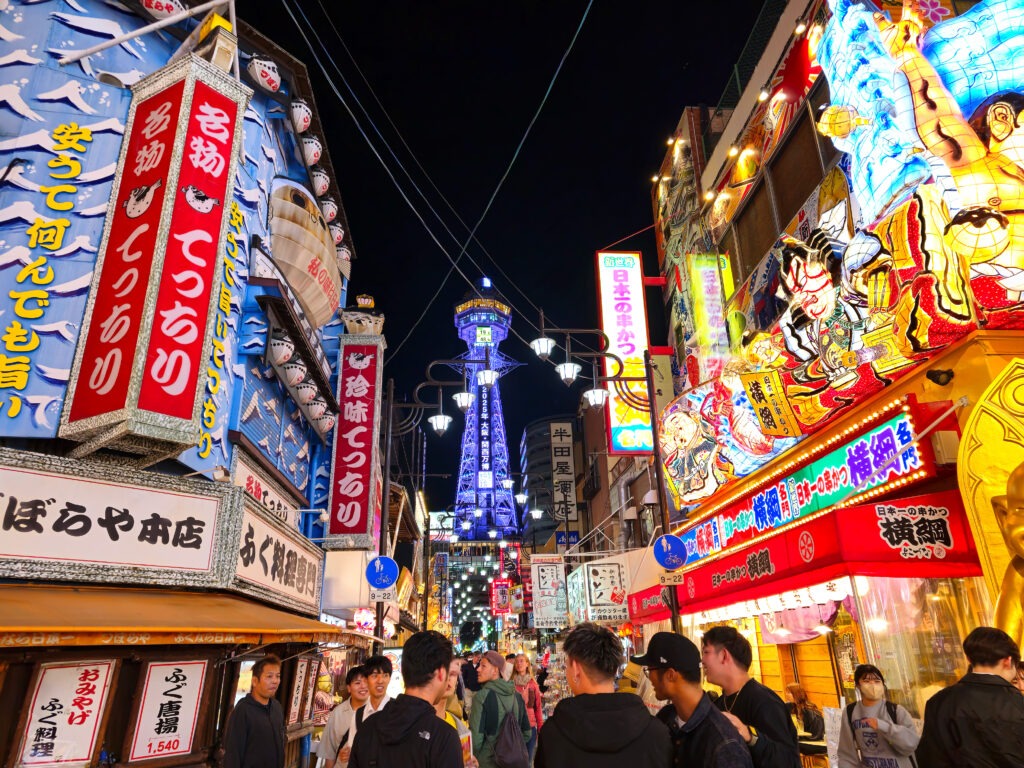
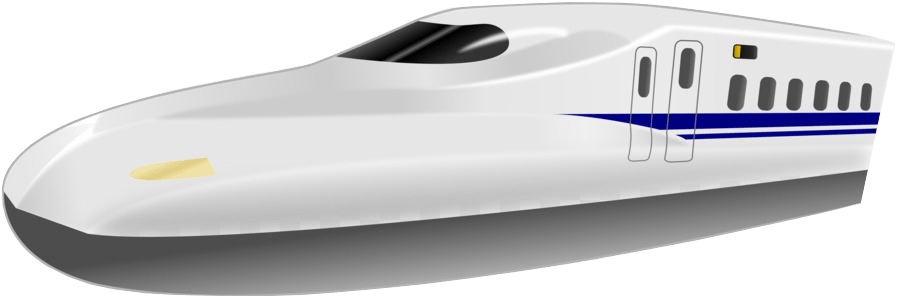
Day 3. Tennoji district
- Tennoji park. Home to the Tennoji Zoo and the Osaka Museum of Art, this park is an ideal destination for families to explore nature and culture in one place.
- Isshinji temple. Known for its modernly designed main gate, this temple is unique for its Buddha statues made from the remains of the deceased.
- Horikoshi shrine. A quiet and lesser-known spot in Osaka, located close to Isshinji Temple.
- Shitennoji temple. One of Japan’s oldest Buddhist temples and an important place of worship in Osaka.
- Keitakuen gardens. A hidden gem off the usual tourist path, this garden features a serene pond, water lilies, carefully pruned shrubs, charming bridges, and an authentic teahouse.
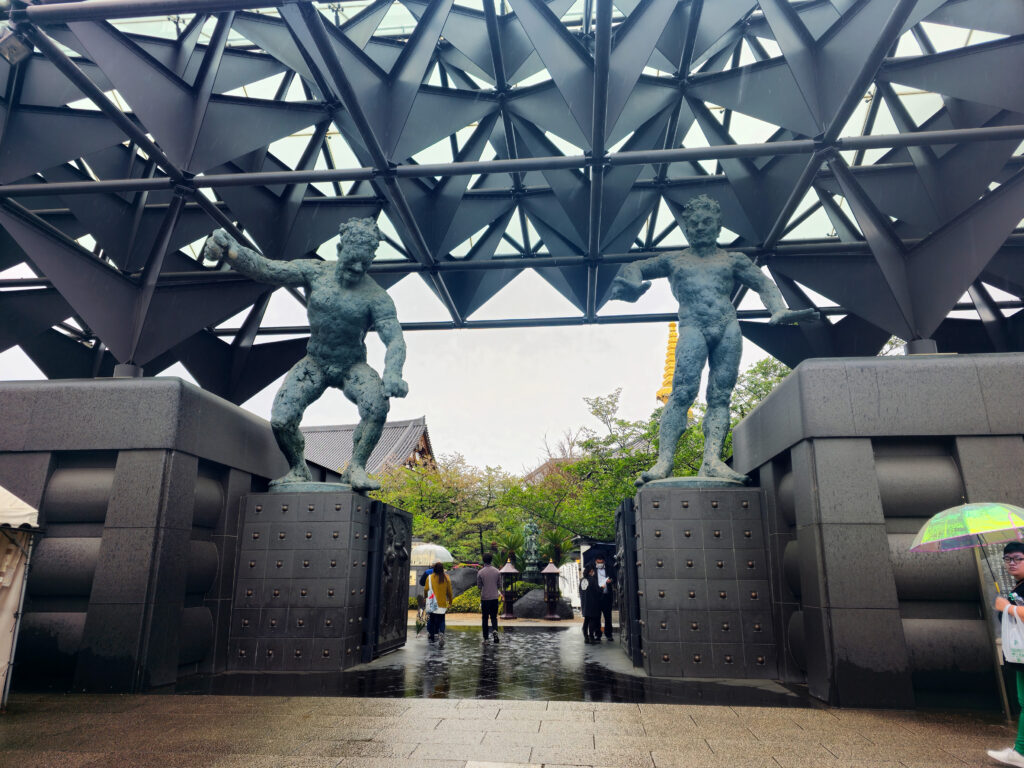
To end your day, climb the Abeno Harukas observation deck, Japan’s tallest skyscraper. Standing 300 meters tall, it offers breathtaking panoramic views of the city from its 60th-floor observation deck, especially at sunset. Tickets can be purchased here.

Day 4. Kita district
- Tenmangu shrine. A beautiful Shinto complex dedicated to Tenjin, the deity of studies. It is famous for the Tenjin Matsuri, one of Japan’s three great festivals, held annually on July 24th and 25th.
- Tenjinbashi-suji. Right next to Tenmangu Shrine is Japan’s longest shotengai, with 600 shops spread over 2.6 km. Although not very popular with tourists, it’s ideal for enjoying good food at affordable prices and exploring a variety of shops.
- HEP five. This shopping complex has nine floors and two basements, featuring around 190 shops. What sets HEP Five apart is its 106-meter-high Ferris wheel, offering incredible panoramic views of the city. Tickets for the Ferris wheel can be purchased here.
- Nakanoshima.This 3-kilometer long island is Osaka’s administrative and commercial center, home to government buildings, museums, and Meiji period architecture. Enjoy a nice walk along the river and explore the beautiful rose garden, especially lovely when in bloom.
- Tsuyuten Jinja shrine (Ohatsu Tenjin). Also known as the ‘shrine of tragic love’, this place has a symbolic past linked to a dramatic love story.
- Umeda Sky Building. The Umeda Sky Building is a quirky and interesting 40-story skyscraper standing 173 meters tall, built in 1993. It offers stunning panoramic views of the city from its open-air observation deck. At the bottom of the building, you’ll find a traditional-style alley lined with charming restaurants. You can purchase tickets for the observation deck here.

Day 5. Minoh
To make the most of your visit to Osaka, consider exploring the less touristy but equally impressive Minoh region. Here are some highlights:
- Minoh park. This park offers trails, a spectacular waterfall, charming temples, and lush vegetation that changes with the seasons.
- Katsuo-ji temple. Known as the Temple of the Darumas, it’s nestled in nature and located near Minoh Park.
Minoh park
Minoh Park (Minō Kōen, also known as Mino or Minoo) is located in a wooded valley north of Osaka, about 30 minutes from the city center. It features a 3-kilometer trail with scenic mountain views.
The park is at its best in late November when the leaves turn shades of gold and crimson. During autumn, it’s one of the best places in the Kansai region to enjoy the seasonal colors in a natural setting.
The park’s main trail is about three kilometers long and follows the Minoh River along the valley. It starts at Hankyu Minoh Station and culminates at the 33-meter-tall Minoh Waterfall. The walk usually takes about 45 minutes and the path is well-paved.
Among the temples along the trail, Ryuanji Temple stands out. It’s located halfway between the station and the waterfall and is part of the Shugendo religious sect.
The village has a special charm, and the park is simply wonderful. 😍

How to get to Minoh Park
🚅 The most convenient way to get to Minoh Park is by taking the Hankyu Railway from downtown Osaka. Take the Hankyu Takarazuka Express Line from Umeda Station to Ishibashi Station (4 stops), then transfer to the Hankyu Minoh line and get off at Minoh Station (270 yen). The total journey time is approximately 25 minutes. Note that this line is not covered by the Japan Rail Pass.
From Minoh Station, follow the signs for a 10-minute walk to the start of the trails.
Alternatively, you can take the Osaka Metro to Senri-Chuo Station on the Midosuji Line, then take bus number 19 or 20 to Minoh Station (approximately 20 minutes, 210 yen).
Katsuo-ji temple
Katsuo-ji Temple is one of Osaka’s best-kept secrets, so don’t miss the chance to visit this hidden treasure about 5 km from Minoh Falls.
At Katsuo-ji, the daruma dolls create a special atmosphere. Known as Kachi-Daruma (Victorious Darumas), these amulets are the temple’s distinctive symbol.
One of the best experiences at the temple is searching for daruma. Wandering the paths and discovering these figures in unexpected places, whether between stones, on branches, or in window gaps, is great fun.
Unlike other talismans that seek to attract luck, darumas represent perseverance and goals to be achieved. Made of wood and without limbs, these dolls are designed to stand without falling, symbolising the idea of not giving up in the face of challenges.
You can buy your own daruma at the temple, available in various sizes. The standard one costs 2000 yen, while the largest costs 70,000 yen. Once purchased, you write your goal on the back of the daruma and paint its left eye. A purification and motivation ritual is then performed in the main temple building.
Once you’ve achieved your goal, it’s tradition to paint the other eye of your daruma and return it to Katsuo-ji temple as a sign of gratitude. 😌

How to get to Katsuo-ji Temple
Getting to Katsuo-ji by public transport can be a bit tricky.
- By Train and Bus: Take the Midosuji subway line to Esaka and continue to Senri-Chuo Station. From there, take the Hankyu bus line 29 to Katsuo-ji (usually from Platform 4). Note that the local bus runs only three times a day on weekdays and six times on weekends, and the trip takes about 30 minutes. You can check the timetable on the temple’s website.
- Alternatively, you can take a taxi from Senri-Chuo, which will take about 15 minutes (11 km).
- You can also choose to hike from Minoh Falls, which is about 5 km away. The hike up the mountain takes about an hour at a brisk pace.
Day 6. Universal Studios Japan (USJ)
Today, relax and have fun at Universal Studios Japan!
Puedes comprar tanto las entradas como el express pass aquí abajo:
It’s an amazing experience for both kids and adults. The Harry Potter area is top-notch, and with the recent opening of Super Nintendo World, it’s even cooler! (A detailed guide will be available in the theme park section soon 😉).
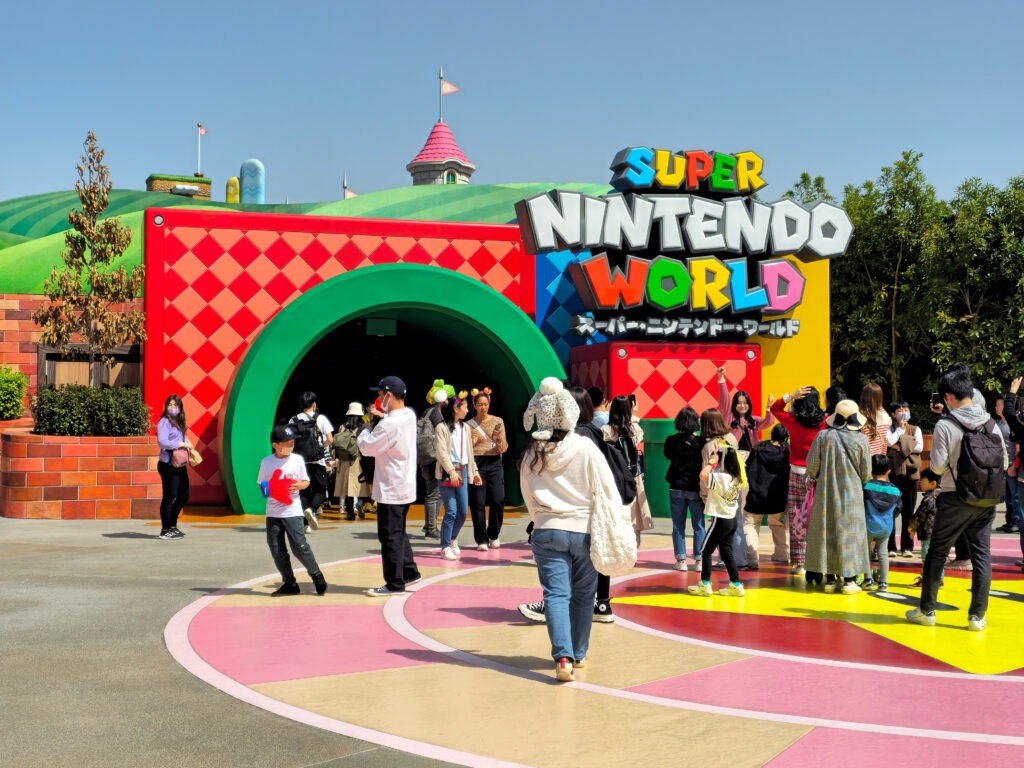
Day 7. Other points of interest
Here we are on the last day of our Osaka trip! 😊 Today is perfect for exploring places we couldn’t fit into the previous days or that were a bit off our main itinerary.
- Sumiyoshi Taisha shrine. One of the oldest and most recognisable shrines in Japan, with more than 1800 years of history. It’s the main shrine among over 2300 Sumiyoshi shrines across Japan and is the spiritual epicenter of the Kansai region.
- Tsurohashi. One of the oldest and most popular Koreatowns in Japan, home to over 150,000 Korean residents. Explore its labyrinthine streets filled with restaurants specializing in Korean cuisine, particularly authentic bulgogi-style yakiniku. The smell of kimchi and other Korean delicacies gives the neighborhood a Seoul-like feel. You can also find shops offering Korean souvenirs, such as hanbok (traditional costumes) and other South Korean items.
- Cup Noodles Museum. Located 5 minutes from Ikeda Station, this museum offers a fun way to learn about and try instant ramen.
- Kaiyukan de Osaka aquarium. The largest aquarium in Japan and one of the largest in the world, with over 11,000 tons of water and around 620 species of animals and plants. It’s famous for its giant tank featuring a whale shark, along with manta rays, sunfish, and more.
- Banpaku Kinen Koen. The 1970 Expo Park is famous among 20th Century Boys manga fans for its iconic Sun Tower. Located in Suita to the north, it’s quite easy to reach.
- TeamLab Botanical Garden. A creative project that fuses nature and art in an immersive exhibition. Stroll among 1,200 plant species while enjoying interactive art installations that come to life at night. You can buy tickets to the viewing platform here.
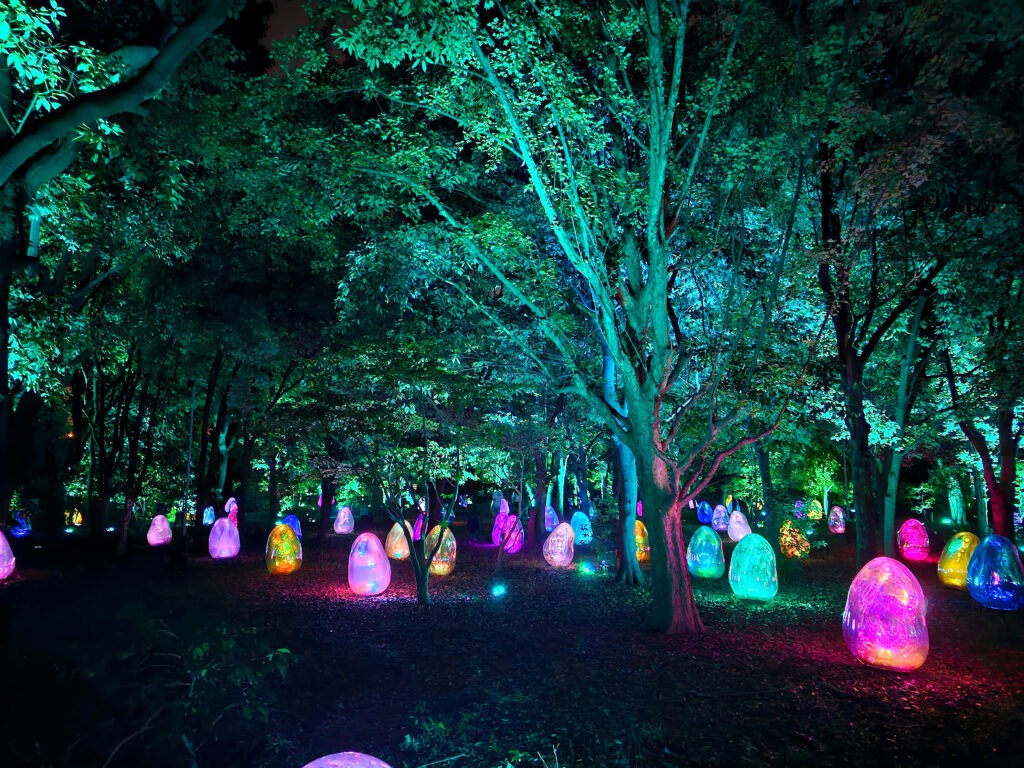
Alternatively, remember that Osaka is a great base for hiking and exploring the surrounding area. If you’re fans of Naruto, Godzilla, Dragon Quest, Shin Chan, etc., you could visit the world’s largest Naruto theme park, Nijigen no Mori. Check out our article “Nijigen no Mori: Naruto, Godzilla, Dragon Quest, Shin Chan, and Much More” for more details.
How to get around Osaka
Osaka has an excellent public transport network, including subway lines, trains, and trams. Most places of interest are easily accessible using public transport. It’s best to get a pre-paid Suica card to pay for your travel without hassle.
If you plan to visit nearby cities like Kobe, Kyoto, or Nara, you can use the JR lines, which allow you to take advantage of your JR JR Pass. However, outside of these cases, the JR Pass is generally not that useful in Osaka.
Another great option is the Kansai Area Pass, which offers unlimited travel on trains and buses within the region.
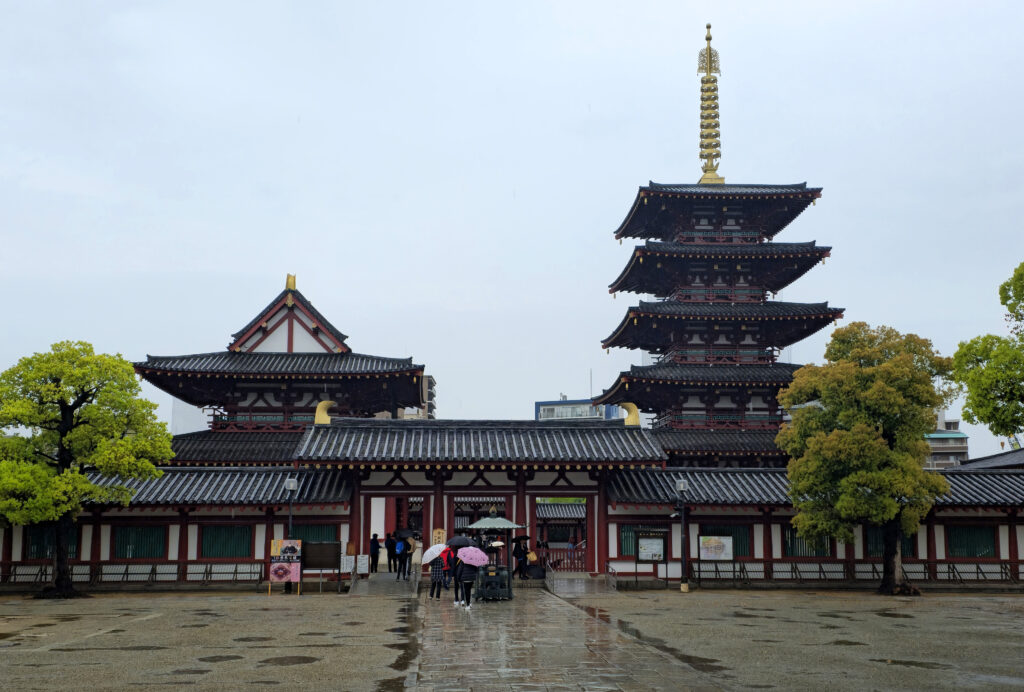

Where to sleep in Osaka
Our favorite choice is staying close to the center so you can visit most places on foot. We love the Shinsaibashi area for its affordable prices and proximity to Dotonbori, making it perfect for an evening stroll ^_^
🏠 Shinsaibashi:
If you prefer to stay near Osaka/Umeda Station, we recommend this hotel just 5 minutes away. It offers spacious rooms with an onsen included:
🏩 Umeda:

If you enjoyed this Osaka itinerary and have more time to spend in Japan, be sure to check out our guides on spending 7 days in Tokyo and 7 days in Kyoto.

